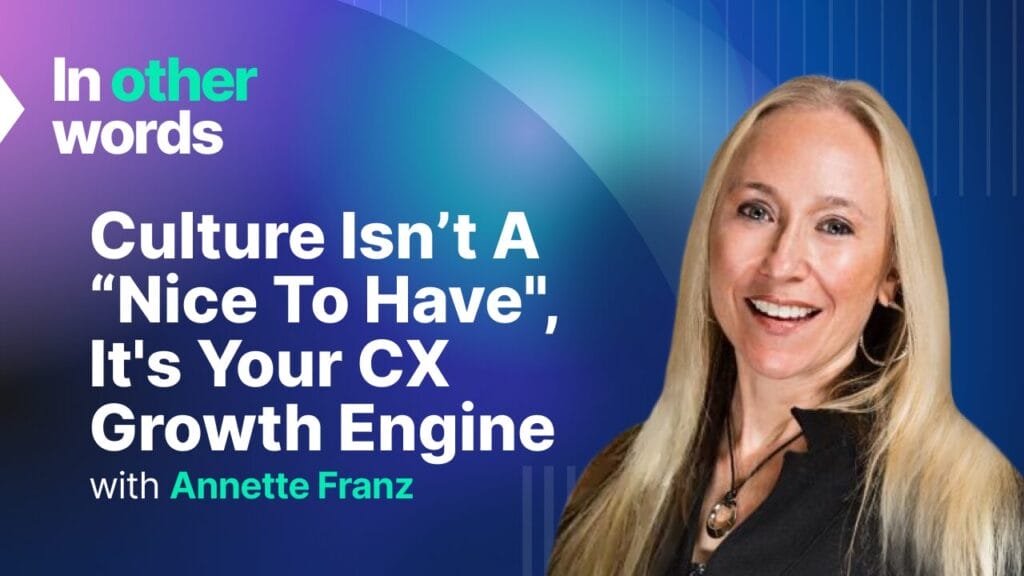The craft of translation can be a tricky road to travel, to say the least. Any freelancer or business owner in the translation industry combines a variety of functions throughout the day – from a project manager, customer service agent, administrator, and accountant to a business developer, online marketer, and sales representative.
On the other hand, a translator practices a craft that entails the finesse of a sculptor, the sensitivity of a musician, the aptitude of an analyst, and the unrivaled comprehension of a linguist, slash cultural ambassador, slash poet.
My translation career started quite early—when I was 15 years old. Lucky circumstances allowed me to experience a craft at an unlikely time for many. And it got me hooked onto my vocation—if you want to call it like that. In what follows, I would like to offer you my own perspective on what it means to deal with this – sometimes unfathomable—craft day in and day out.
When I started out
When I hit the road as a freelance translator, the portions of time set aside for specific tasks were quite different. I spent about 40% of my time on the lookout for and acquisition of new clients and onboarding existing ones—all over again. I did sign up with a couple of agencies but did not go on a super-hunt to find intermediary partnerships. I rather wanted more direct clients to have a wider choice of projects I would handle eventually.
My client portfolio was growing steadily and my experience went from intermediate to highly specialized in a speedy fashion. I worked in various industries throughout my years at college and later on so I had a good grip on a couple of subjects. And another plus, or in this case, my secret weapon was the fact that I could offer translations for four language pairs. I did not hit the jackpot, but it is fair to say that it made things a lot easier for me.
Now, I want to keep this retrospect short but felt it needed to be here—to help you understand where I am coming from today.
Oh, sweet mornings, afternoons, evenings… What?
My mornings start out with a routine check of emails and updates on any current assignments. Depending on what I find in my inbox in the morning, I will structure my day. This time is kept short to about 20 minutes, and another 10 minutes to answer any urgent requests or follow-up questions before some research time and final concentration on the projects at hand.
It usually happens around 10 am, and I like to ease into the workday (for those fans of memes connected to translators, I have to say, it would be great to finally give some value to the intrinsic creativity and genius inherent to the act of translation rather than the lack of structure, or the ever-presence of being late for the deadline or working through the night all the time, or working all the time).
Any freelancer or entrepreneur, who has managed to grow a business to a decent size and retained customers over many years, might agree that you need to know how much time it will take you to get stuff done. And you need to learn when to say “no”. Especially when it comes to clients with unreasonable expectations or volumes in numbers no human being could comfortably handle in about 24 hours.
Translators barely get sick, right?
When I started out, I would monitor quite closely how much time I spend on research, further education, testing, getting to know new tools and software, the translations themselves, proofreading, and communicating with the client or project manager. After a year, I did a recap to understand how I could structure my day the best way possible without losing flexibility—and my sanity.
Luckily, I had been a project manager and assistant to management, as well as an international event coordinator in my previous life, so I did understand the workings and responsibilities of my clients, their product or translation managers, their outsourcing managers or accountants. This extra bit of insight did a great job of optimizing my own workflow and my communication. And as a translator, communication is key.
After having done emails, I will spend about half an hour reading translation blogs to stay on top of technological developments, daily news, trends, and other subjects connected to my activity in the translation industry. It helps me stay on track and distract my brain for a bit before I switch to a full-concentration mode.
I mostly spend no more than 20-25 hours per week translating. Fellow translators can understand how intense the task really is, and that 5 hours of translation per day are a good average. Of course, not every day is full of 5 hours of translation because you might not have enough projects to handle. However, I would determine it as my average (taking some leisure time and vacation time into account but excluding sick days because as you may know, translators never get sick).
Relax, it is all about the flow
On a side note, the workflow I am describing is something I explain to my clients during onboarding. This way, they can understand that I am not checking my emails constantly because it will interrupt my flow and concentration, and that phone calls are meant for emergencies and briefings only.
This is a point that can be quite challenging since project and product managers adhere to different timetables, mostly feel a lot more pressure to perform, and might not be patient enough to comprehend that two hours of silence do not mean you are not doing your job. Quite to the contrary, it usually means the translator values uninterrupted work time, for the most part, to deliver high-quality results on time.
Trust and a proven workflow are crucial for collaboration
Having said that, I have my fair share of stories about anxiety burst-outs accompanied by 15 emails within half a day but find it very important to help my clients understand my side and build a relationship based on trust rather than mistrust – for obvious reasons. And when you want to take your product global, trust and a proven workflow are worth gold for strong collaboration between a translator and a project manager. One cannot do without the other. So value that.
After doing some research, I start translating. I usually do so for a good three to four hours with short intervals to stretch my legs and give my eyes a rest from screen time. I am lucky to live by the sea, so I mostly spend those tiny breaks watching the ocean and just breathing in. Lunch comes afterwards.
If you stayed with me until here, then we arrived at about 1:30/2:30 pm. Best time to take a longer break and regain some energy for the second half of the day. (I live in Southern Europe, so lunches are late.) And after lunch comes coffee. Yes, I love it!
If all went as expected, I will finish my workday shortly. In order to get into concentration mode again, I will spend about 30 minutes updating my accounting, and maybe write an invoice or a thank you note to my clients. I will also do some research on potential new clients – but not too much. Around 4 pm I will get into an hour of proofreading or some more translation if necessary.
I have to mention, though, I have the luxury of structuring my time because I know my workflow, capacity, and work speed very well. Of course, this did not happen overnight. I had to put in thousands of hours and millions of translated words in order to arrive at this point. However, it does bring me confidence – and that confidence transpires in everything I do. So most of my dealings are easy and nice. And I have my peace at night.
I finish my workdays at 5 pm most of the time, sometimes earlier, but rarely later. Before I do, I will give my inbox another look and send out completed assignments if I did not upload them through a translation management system (TMS) or work on them online. I will update project managers or clients on the current state of the project where necessary and then call it a day. Of course, there are other days. And of course, there are emergencies. And of course, there are delays that I have no control over. Nonetheless, sticking to my general flow helps with that as well. Sleep. Translate. Relax. Repeat.




